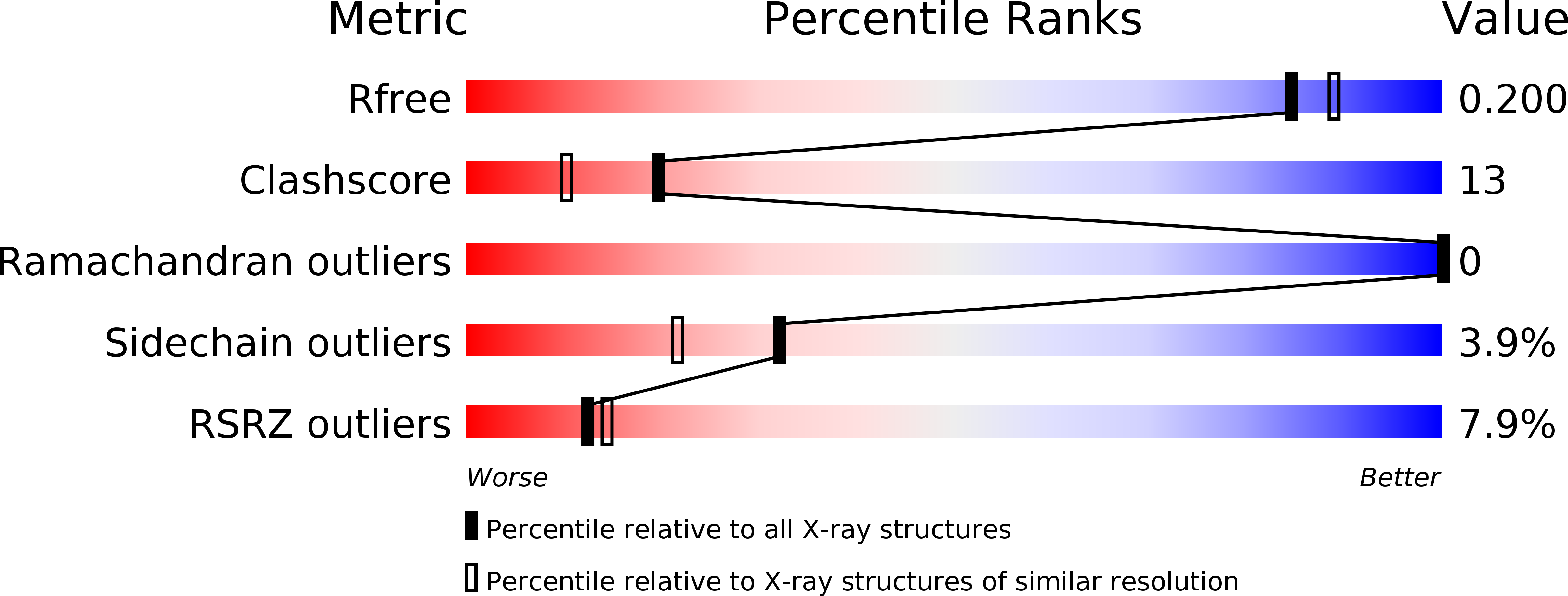
Deposition Date
2002-08-28
Release Date
2002-10-16
Last Version Date
2024-04-03
Method Details:
Experimental Method:
Resolution:
1.91 Å
R-Value Free:
0.19
R-Value Work:
0.19
Space Group:
P 32


